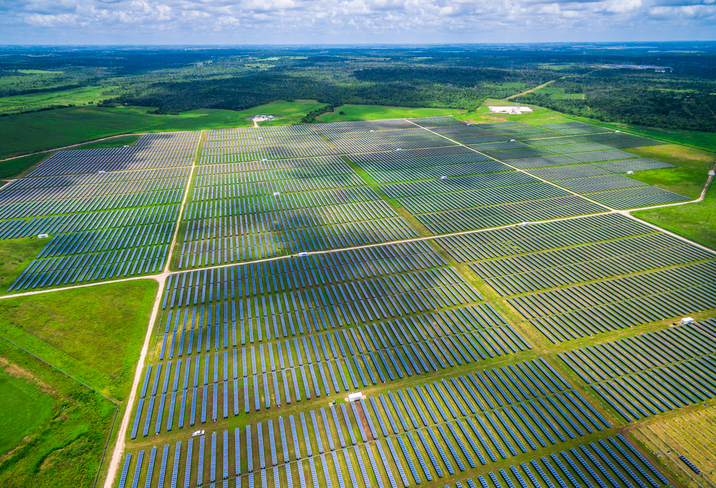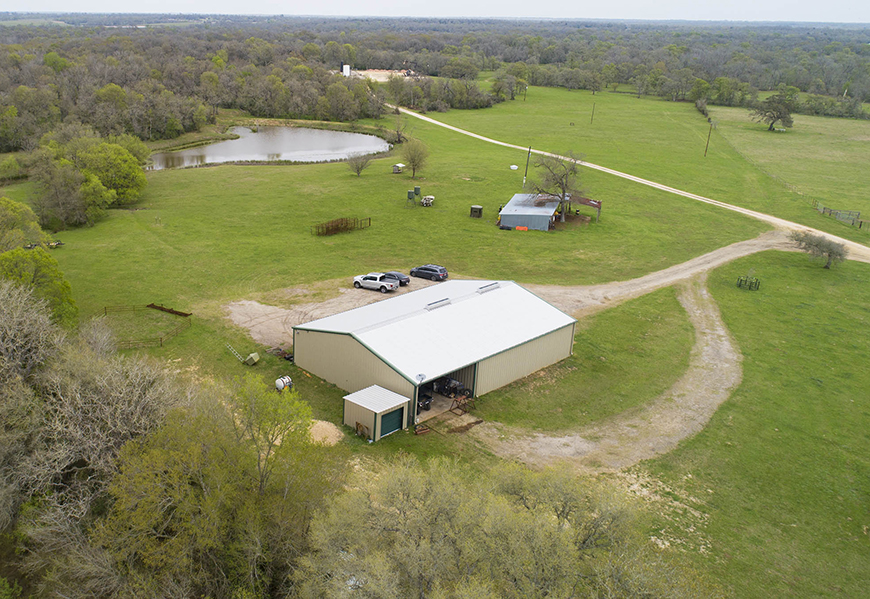Carbon sequestration could offer income for landowners willing to follow required management practices. However, the market is in its infancy, so contract terms vary. Owners should consult legal experts before executing contracts.
ESG, a new abbreviation bandied about by socially aware investors, may fuel an opportunity for Texas landowners to increase their income. ESG stands for environmental, social, and governance criteria, and a growing number of entities supply ESG scores for companies to potential investors who may use them when making investment decisions.
A company’s carbon footprint can adversely affect its ESG score. That has prompted many businesses to reduce their carbon footprint, reducing the amount of carbon dioxide they release during operations or acquiring carbon credits to offset their releases. As a result, carbon storage and carbon credit incentives may become an important source of income for Texas landowners, depending on their management practices. Adopting appropriate management practices might allow landowners to participate in an emerging market for carbon credits.
In general, a carbon credit permits its owner to emit one ton of carbon dioxide without that emission counting as a negative environmental impact. Presumably, an emitting business could reduce its carbon footprint by paying landowners to undertake management practices that sequester carbon in their soil. In addition, if governments adopt cap-and-trade programs, a market for credits might emerge. California has instituted such a program (click here).
Anticipating the possible adoption of a national cap-and-trade system, entrepreneurs attempted to create a viable market for carbon credits under the auspices of the Chicago Climate Exchange in the early 2000s. The exchange certified contracts for activities that sequestered carbon creating a carbon credit. Those contracts could then be traded to provide carbon credits to the buyers. However, cap-and-trade legislation did not pass, and the market failed due to a lack of demand. ESG scores have created a renewed focus on curbing carbon emissions, prompting companies to begin purchasing contracts for carbon sequestration in an effort to reach “carbon neutrality.”
Players in the Market
California’s cap-and-trade program has sought to reduce greenhouse gas (GHG) emissions since 2009. This program mandates reporting of GHG emissions. Companies required to participate in the program include oil refiners, power companies, and any other large carbon emission company. The recent appearance of carbon-marketing companies in Texas has farmers and ranchers considering the potential for the sale of carbon credits.
Most companies act as “brokers” for the carbon credit process. The voluntary Texas carbon market depends on landowners’ grazing and/or farming practices to supply carbon sequestration. Demand will presumably come from companies attempting to boost their ESG score by reducing their carbon footprint.
Because brokerage of carbon credits is just emerging in Texas, terms of contracts vary substantially from company to company and for each landowner. For a discussion of carbon contracts, see Understanding & Evaluating Carbon Contracts by Tiffany Dowell Lashmet. Because contracts are long-term and future conditions can impact revenues, landowners should consult with an attorney with experience dealing with these agreements to reduce the possibility of future difficulties.
Focusing on the supply side, the first step in the process is for the broker company and landowner to discuss regenerative practices in place on the land and the potential for those practices to provide income through carbon sequestration. That potential is unique for each property.
Carbon sequestration consists of plants capturing carbon from the atmosphere and depositing it in the soil. Adopting particular practices that leave plants in place sequesters carbon through their root systems. Practices might include things like planting trees (wind breaks or forests) and cover crops (clover) and then doing rotational grazing. Switching to organic farming or ranching practices might also qualify. Particular requirements depend on actions specified in the particular contract offers. In general, qualifying practices do not disturb the soil.
After initial contact with a landowner, brokers determine the suitability of the property for adopting regenerative practices specific to companies’ standards. This requires extensive soil analysis to establish potential impacts, requirements, and revenue implications for the owner. Because this market is voluntary with no true regulation, many companies require third-party verification of analyses.
After reviewing all data, the carbon broker estimates annual revenues to landowners based on market prices for carbon credits, the number of carbon credits the property can produce, and an estimated timeframe that the landowner can continue these practices. Depending on the brokerage company standards, additional soil testing generally occurs every one to five years after the start of the contract. These tests seek to verify that landowner practices actually have produced the forecasted carbon sequestration. Shortfalls may result in landowner refunds to the contracting entity.
Lease terms normally range up to 20 years and typically have provisions for renewals as well. The success and profitability of a carbon contract on any property differs based on the ecological composition of the property, the landowner’s fulfilment of the regenerative practices, and demand for carbon credits.
Potential and Future Regulations
The current federal administration has discussed establishing a required program for GHG reduction. Californian and European cap-and-trade programs have engendered relatively successful regulated markets for carbon credits.
A federal program would increase demand for carbon credits and enhance markets for carbon sequestration on a broad basis. However, no national legislation is currently in process.
Concerns for Landowners
Landowners considering executing a contract for carbon sequestration should look at estimated costs of the required practices. Startup costs may add up to a substantial sum. They differ with conditions on each specific property.
In addition, owners should anticipate impacts on livestock and farming operations as well as recreational land uses. Terms of the carbon lease may conflict with other contracts currently in place, such as a hunting lease, minerals lease, or wind turbine contracts.
Because the market is in its infancy, there is no generally accepted form of agreement, so these deals can vary substantially for each landowner. Therefore, engaging an experienced attorney will help mitigate the risk of negotiating an agreement involving many complicated features.
____________________
Dr. Gilliland ([email protected]) is a research economist and Garza a research intern with the Texas Real Estate Research Center at Texas A&M University.
Takeaway
You might also like

SUBSCRIBE TO OUR
Publications
Receive our economic and housing reports and newsletters for free.







